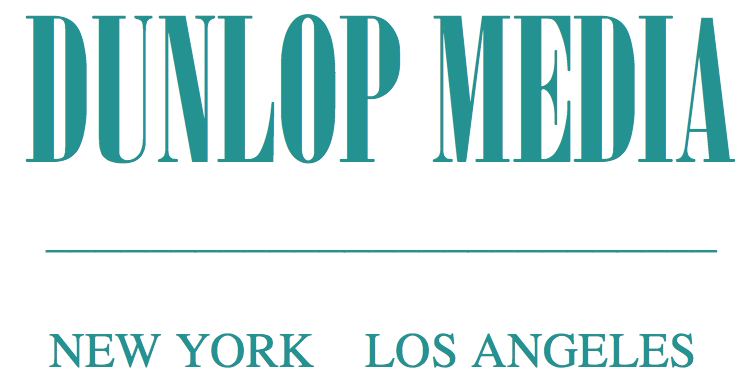Whatever your political persuasion, you have to acknowledge that Representative Charles Rangel (D-NY) is a survivor, plain and simple. He's survived 43 years in office. He's survived multiple ethics inquiries. And he's survived a formal censure by his colleagues. He is a living institution in his Harlem district, and is now the third longest serving member of Congress.
Representative Charles B. Rangel (D-NY).
Although it's rarely spoken about, part of the reason for Rangel's professional longevity is his longtime good vibe with the news media. Whatever the subject, he is almost always accessible, accurate, and quotable. He seems to relish the give and take. In this New York Observer article, journalist Ben Widdicombe tells an intriguing story about how he was once cleverly "spun" by Rangel while he was investigating rumors of an extramarital affair. He suggests a fresh-faced congressman from Staten Island could learn a lot from him.











